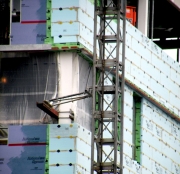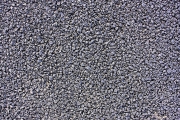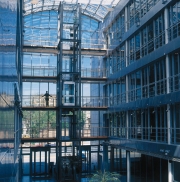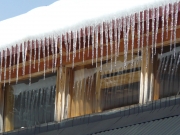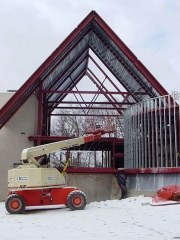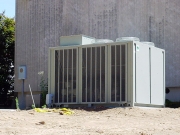Helpful Online Tools
Whether you are a do-it-yourself pro or beginner, wouldn’t it be nice to have a little help when estimating the quantity of material that is required for your project? Preventing over- and under-ordering material and eliminating additional trips to the home improvement store will save you both time and money. Below are a few helpful online calculators and estimators that we have found.

